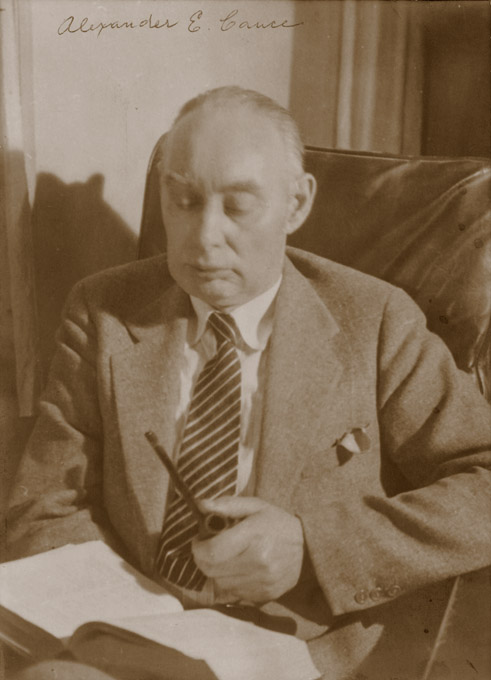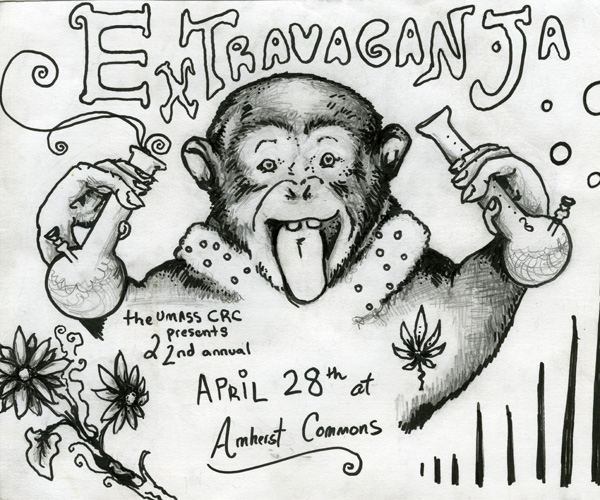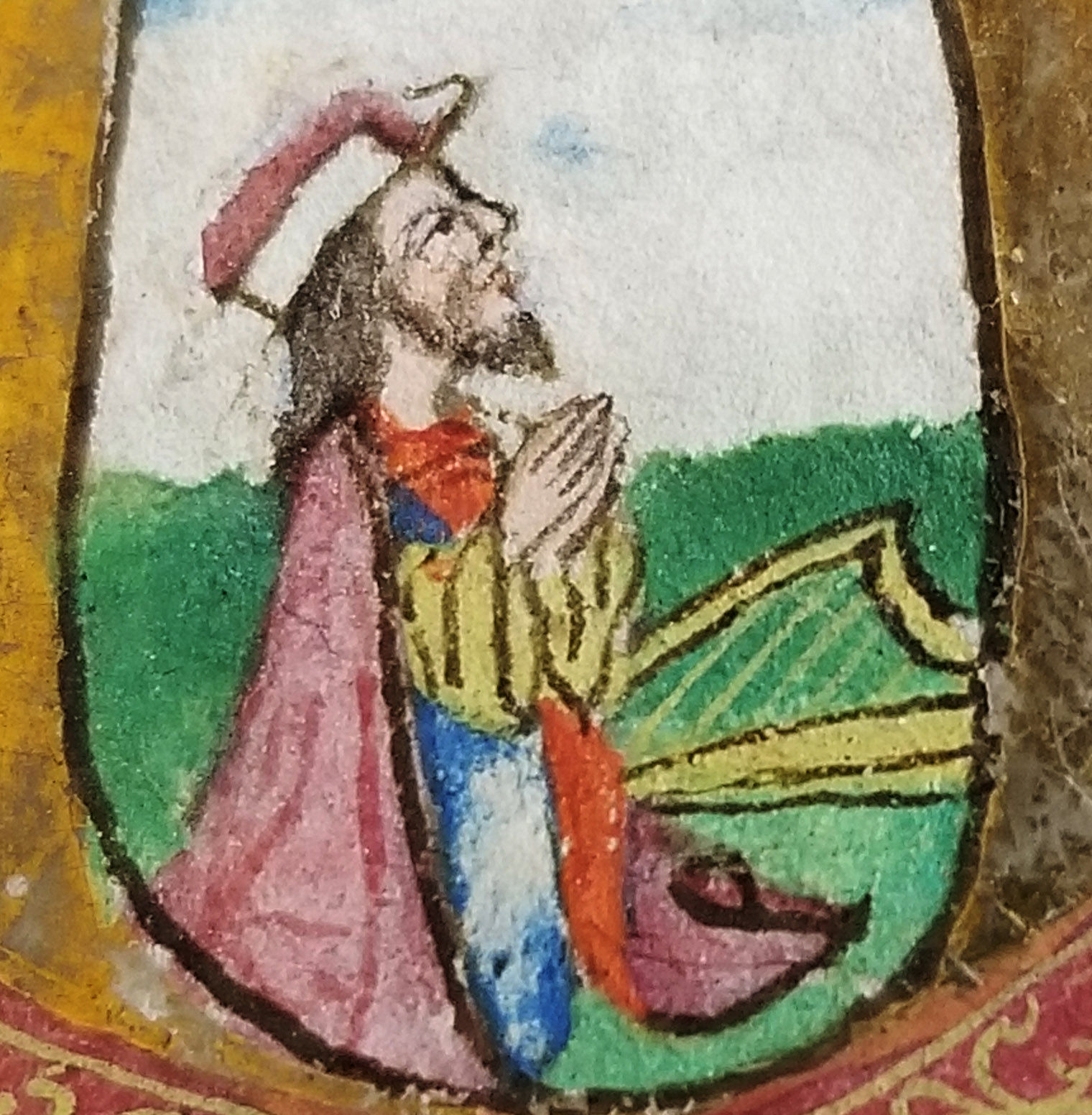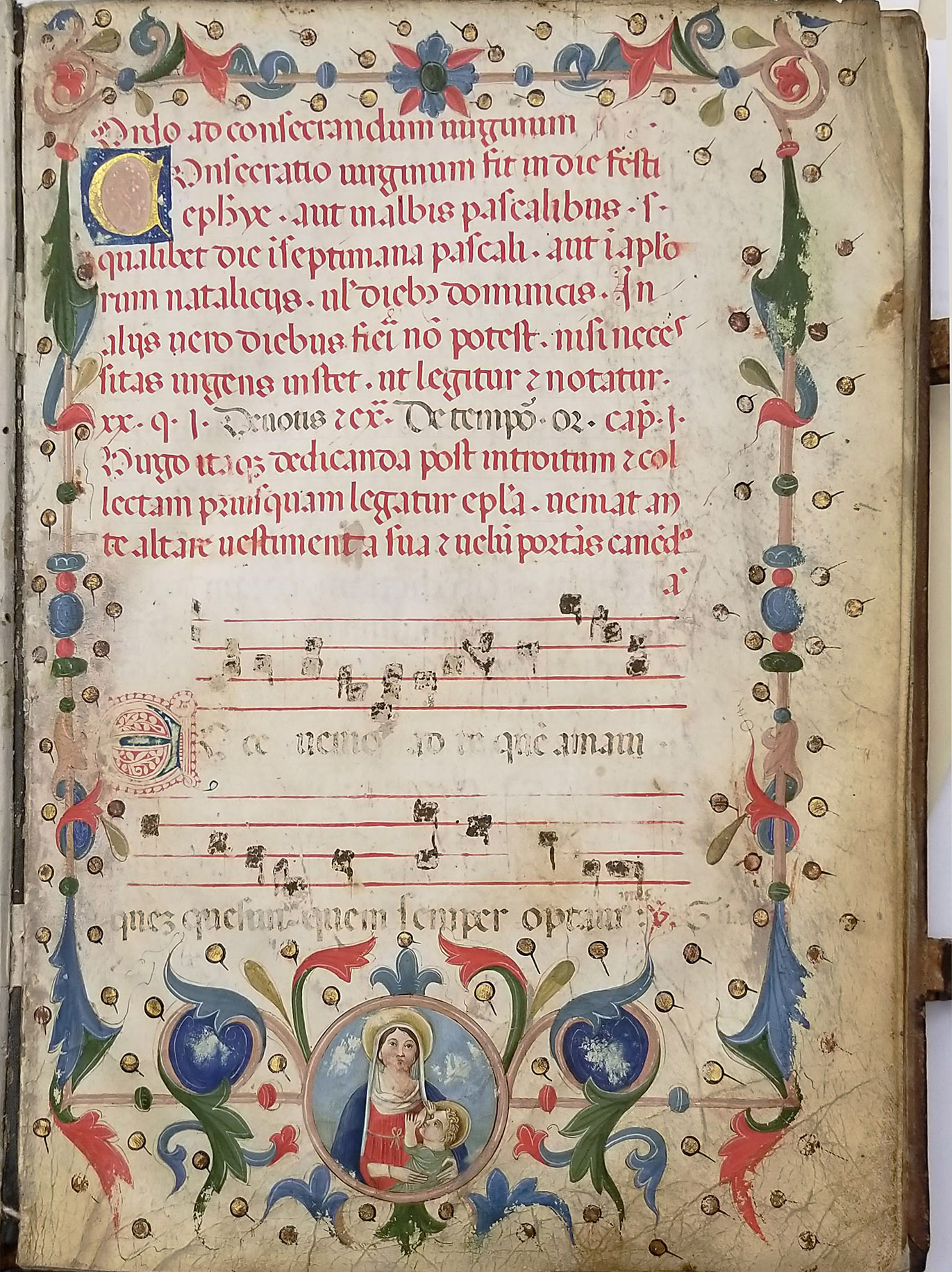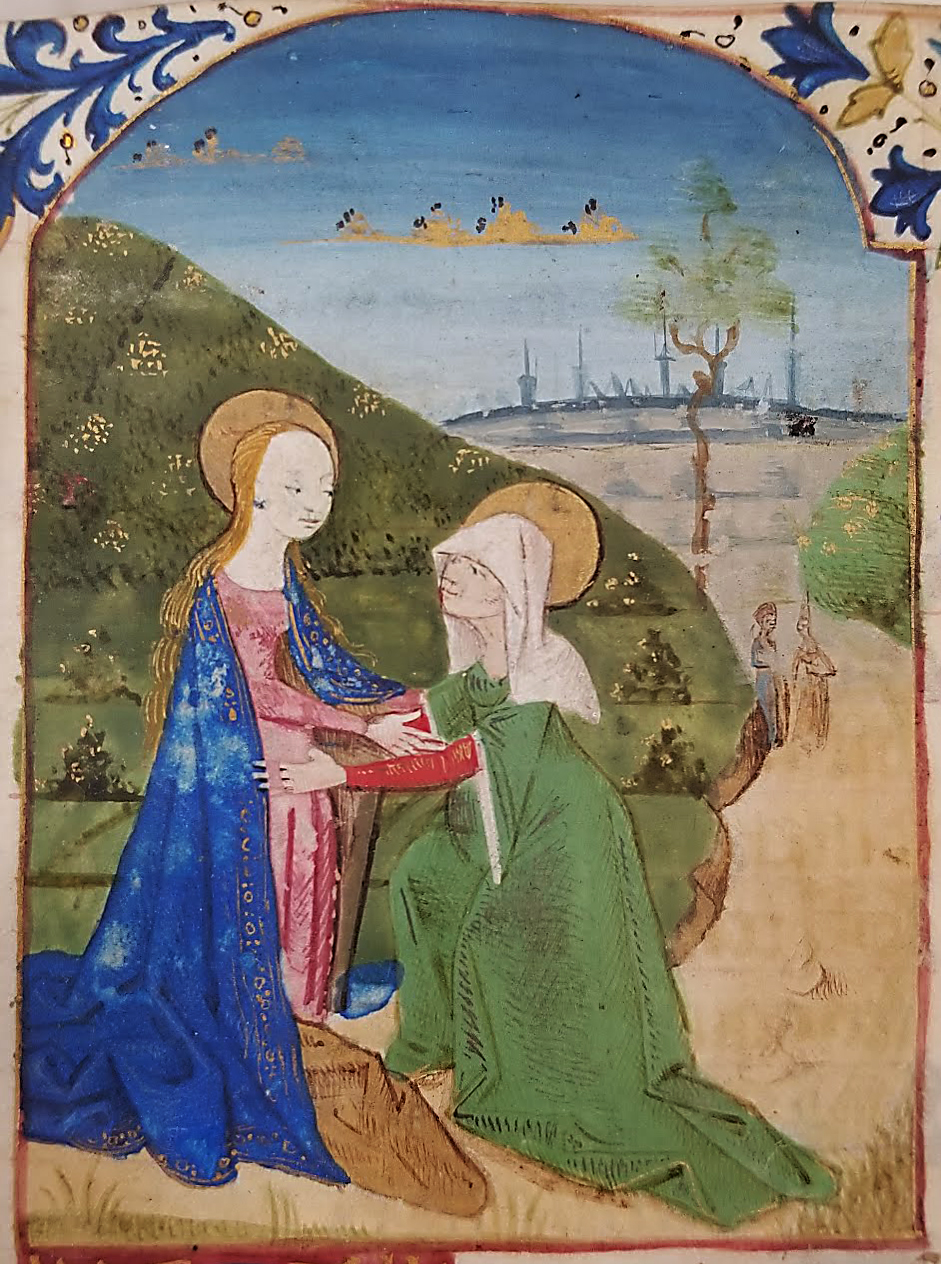Louis A. Carpino Papers
1943-2019
20 boxes 21 linear feet
Call no.: FS 199
A distinguished, productive, and beloved professor of chemistry, Louis A. Carpino, born in 1927, was the son of Italian immigrants who settled in Des Moines, Iowa, where he grew up and went to high school and college. He earned his doctorate in organic chemistry from University of Illinois in 1953 and in the fall of 1954 arrived at UMass Amherst, where he would spend his career. A pioneer in the development of amino‐protecting groups and coupling reagents for use in the synthesis of biologically active materials such as pharmaceuticals, polynucleotides, PNAs, peptides, and small proteins, Carpino had some 30 patents to his name. He was honored both on campus (with, for example, a University Samuel Conti Faculty Fellowship Award and a College Outstanding Researcher Award), nationally (Hirschman Award from the American Chemical Society), and internationally (Humboldt Award and Max Bergmann Medal, both from Germany). In 1958, Carpino married one of his former chemistry students; Barbara Carpino finished her degree with the class of 1962. They had six children; the family joined Carpino on his sabbaticals in Italy and other overseas locations. Louis Carpino retired in 2004 with emeritus status and continued to be active in his lab. He passed away in January 2019.
The Carpino Papers consist of notebooks, research notes and files, correspondence, files relating to patents, and reprints of Carpino’s publications, along with personal papers and memorabilia, letters and notes (many written on the 3×5 index cards Carpino habitually carried in his shirt pocket), photographs, several passports, and honors and awards given to Carpino, including the 1998 Max Bergmann Medal. Notable is an illustrated comical family story created by Carpino as a teenager in Iowa, done in pen on loose paper.
Gift of Barbara A. Carpino, Nov.-Dec. 2019
Subjects
Chemistry, OrganicMassachusetts Agricultural College--FacultyMassachusetts Agricultural College. Department of Chemistry
